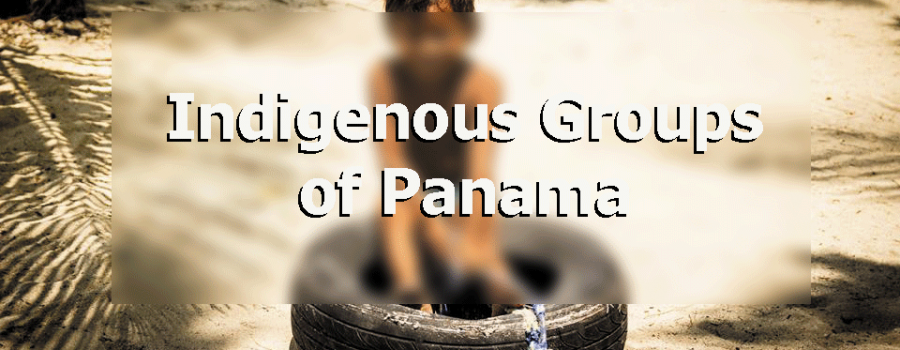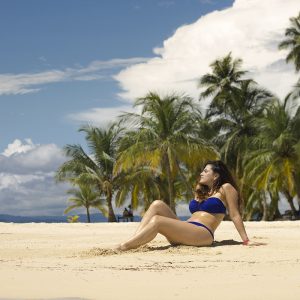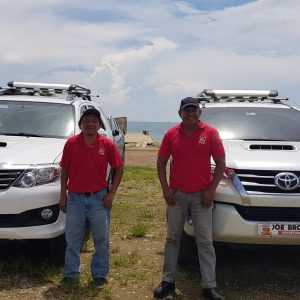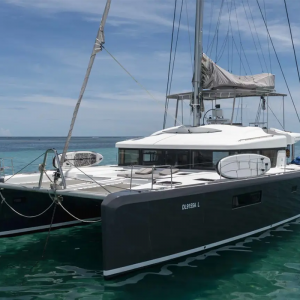This article introduces the indigenous groups of Panama. I have extensive material to dedicate a special article to each group, which I will develop and share later.
Panama is considered a melting pot of races. Within this diversity, eight indigenous groups are officially recognized. Some authors mention seven, but I rely on statistics provided by the General Guna Congress.
Background of Indigenous Groups in Panama
Christopher Columbus, accompanied by Captain Rodrigo de Batista, documented over 60 indigenous groups during his second voyage. However, the arrival of Europeans brought significant changes. It led to the growth of large populations but also introduced diseases, conflicts, and miscegenation.
By the mid-16th century, Pedrarias Dávila’s policies caused a drastic decline in Panama’s indigenous populations, especially in Darién.
Population
According to the 2023 Panama National Census, the indigenous population totaled 651,641, representing 16.03% of the country’s 4,064,780 inhabitants.
This means that two in ten Panamanians belongs to an indigenous group. On average, mestizo Panamanians have 51% indigenous genes, 25% European, and 24% African.
Today, eight indigenous groups are recognized: Bokota, Bribri, Buglé, Emberá, Guna (Dule), Naso (Teribe), Ngäbe, and Wounaan. The Gnäbe group was previously called Bokotas or Guaymí, and its members speak two distinct languages, Gnäbe and Buglé. These groups share similar clothing styles and cultural traits.
The Emberá people, previously known as Chocoes, are another prominent group.
Distribution of Indigenous Groups in Panama
| N.º | Indigenous Group | Population | Percentage (%) |
|---|---|---|---|
| 1 | Ngäbe | 444, 878 | 68.27 |
| 2 | Guna (Dule) | 112,319 | 17.24 |
| 3 | Emberá | 51,657 | 7.93 |
| 4 | Buglé | 23,898 | 3.67 |
| 5 | Wounaan | 10,634 | 1.63 |
| 6 | Naso (Teribe) | 6,899 | 1.06 |
| 7 | Bri-Bri | 766 | 0.12 |
| 8 | Bokota | 590 | 0.09 |
| Total | 409,559 | 100% |
The Ngäbe are the largest indigenous group, followed by the Guna and Emberá.
Geographic location

Panama’s indigenous groups live in five legally recognized comarcas, in areas adjacent to these regions, on collective lands, and in other parts of the country. The comarcas include Guna Yala, Ngäbe Buglé, Emberá Wounaan, Wargandí, Madungandí and Naso Tjër Di.
The term “comarca” refers to legally recognized indigenous territories that enjoy a degree of autonomy. When these regions were established, some communities were excluded, creating annexed areas, such as in Ngäbe Buglé. For the Emberá and Wounaan, their territories outside the comarca were recognized as collective lands.
See also: Guna Yala Region
Comarcas of Indigenous Groups in Panama
| Group | Region | Main Town | Law | Surface Area (Km²) |
|---|---|---|---|---|
| Guna | Guna Yala | El Porvenir | Law 16, February 19, 1953 | 2,358.2 |
| Emberá and Wounaan | Emberá de Darién | Unión Choco | Law 22, November 8, 1983 | 4,393.9 |
| Guna | Madungandí | Akua Yala | Law 24, January 22, 1996 | 2,318.8 |
| Ngäbe and Buglé | Ngäbe Buglé | Llano Tugrí | Law 10, March 7, 1996 | 6,968.0 |
| Guna | Wargandí | Mortí | Law 34, July 25, 2000 | 775.0 |
| Naso | Naso Tjër Di | Sieyic | Law 188, December 4, 2020 | 1,606.16 |
| Total | 18,420.06 |
The comarcas cover a total area of 18,420.06 km², which represents about 24.39% of Panama’s total surface area of 75,517 km².
The creation of these comarcas officially recognized the ancestral rights of Panama’s indigenous groups. This step significantly altered the country’s political and geographical divisions.
Conclusion
This article offers an overview of the indigenous groups of Panama. I am committed to exploring each group in greater detail in future articles. For now, I encourage you to like, share, and follow us on social media to learn more about this fascinating culture.






